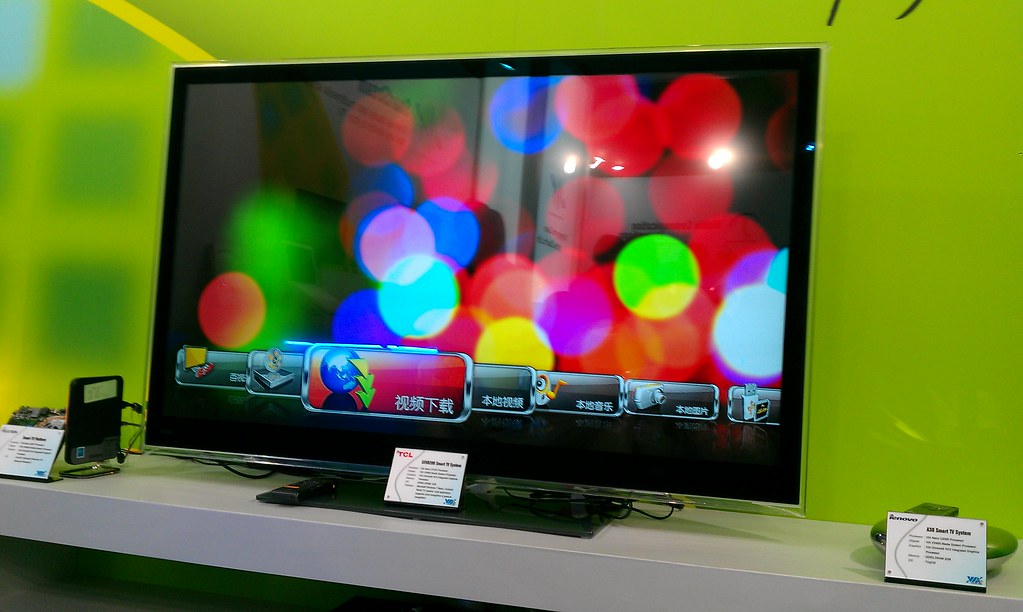
For anyone who lived through the 1990s, the decade holds a special, almost mythical, place in our collective memory. It was an era defined by its unique blend of emerging technology and simpler entertainment, where television reigned supreme as the primary source of amusement and information. Before the widespread adoption of high-speed internet, DVRs, or streaming services, our free time was largely dictated by the scheduled programming on a limited number of cable channels. And a significant, often inescapable, part of that experience was the commercial break, a segment of programming that frequently became a pop culture phenomenon in itself.
Indeed, commercials were not just interruptions; they were cultural touchstones, sparking water cooler conversations and embedding catchy jingles and memorable phrases into the national consciousness. We reminisce about the Budweiser “Wasssup” guys, the Taco Bell dog, or the unique jingles of phone companies. But beyond these brief, iconic advertisements, another, more peculiar form of programming flourished in the quiet hours of late-night and lazy weekend afternoons: the infomercial. These lengthy, often quirky, sales pitches for everything from kitchen gadgets to fitness contraptions became an unexpected and enduring staple of 90s television.
These paid programming blocks, frequently seen on channels like WPIX, FOX 5 NY, and UPN which relied heavily on syndication and films, were a masterclass in direct-response marketing. They used outlandish gimmicks, repetitive catchphrases, and charismatic pitchmen to sell products we never knew we needed. Far from being forgotten, these infomercials and their peculiar products are now experiencing a nostalgic resurgence, reminding us of a time when the boundaries of advertising were playfully pushed. We embark on a journey through 15 of the most unforgettable infomercial products that defined the 90s, celebrating their peculiar charm and lasting impact.
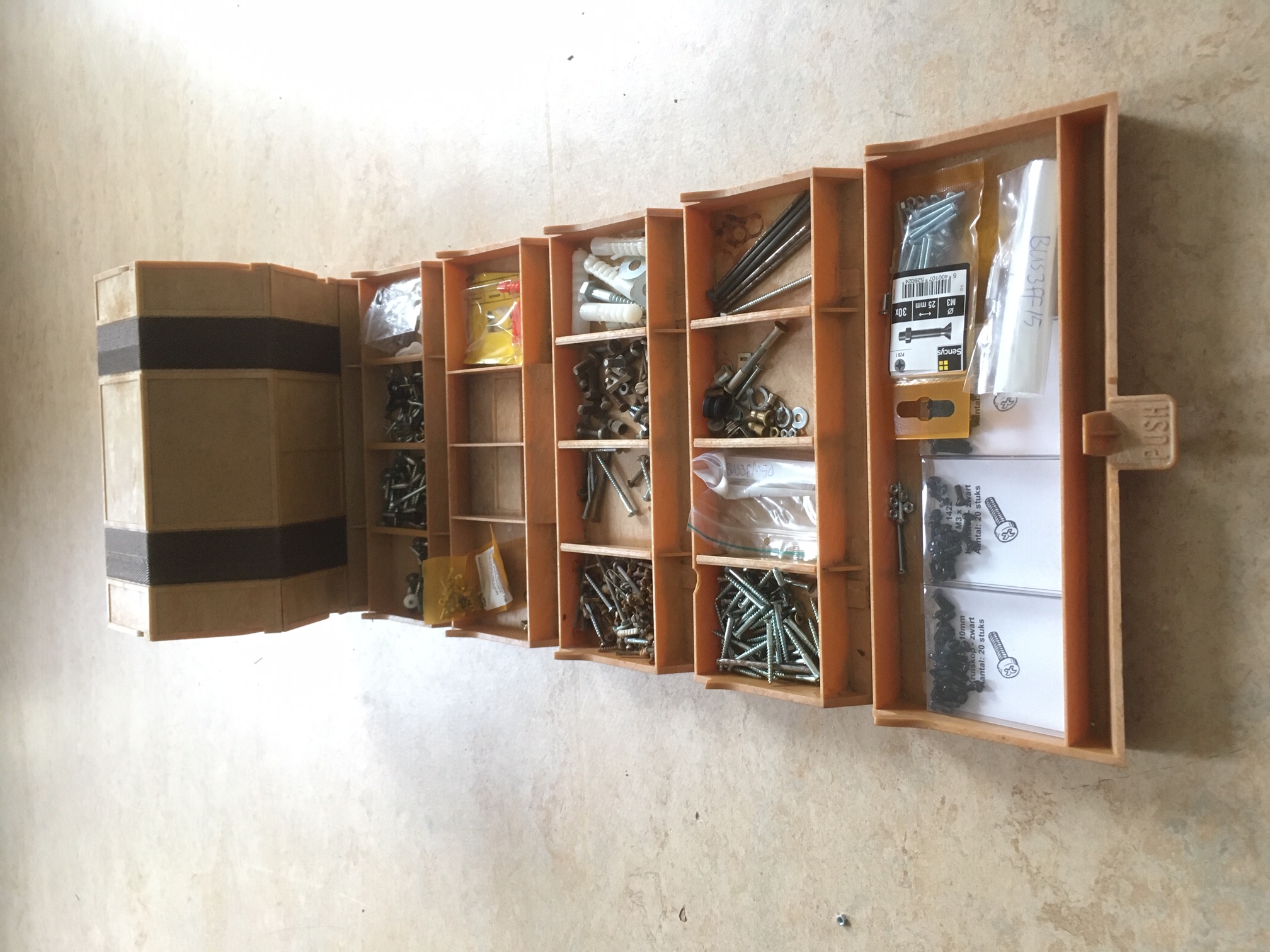
1. **The Rolykit**The Rolykit, a product with a surprisingly long history, found its way into American households in the mid-90s through the power of infomercials. Originally conceived in the early 1970s by a Dutch filmmaker seeking to organize his cluttered desk, this ingenious design for a tackle box-like jewelry case was cleverly rebranded and marketed to parents as a roll-up toy chest for kids. Its ubiquitous presence on television screens for a period made it a recognizable, if sometimes perplexing, item in the advertising landscape of the decade.
The commercial, frequently airing at opportune times, targeted parents yearning for a solution to the incessant problem of toys scattered across the floor. The promise was simple: a convenient, self-contained system to neatly store all of a child’s playthings, keeping them off the floor and out of sight with a simple roll-up motion. This emphasis on organization and tidiness resonated deeply with a demographic often overwhelmed by domestic chaos, making the Rolykit an attractive, albeit niche, solution.
It was through the impressive reach of The Home Shopping Network and the persuasive talents of pitch-woman Joy Mangano that the Rolykit truly cemented its place in American homes. Mangano, known for her ability to transform everyday problems into marketable solutions, brought this innovative storage system to millions, demonstrating its practicality and ease of use with the kind of engaging presentation that characterized successful direct-response television.

2. **The Potty Putter**The late 90s and early 2000s saw the frequent late-night advertisement of a rather unconventional item: The Potty Putter. This gag gift, designed for the golf enthusiast who seemingly could not bear to be away from their beloved sport for even a moment, presented a unique solution to an imaginary problem. Its appearance in those interstitial hours of television, often filled with peculiar products, perfectly captured the adventurous spirit of infomercial marketing.
The tagline, succinctly summarized as “Putt while you poop,” left little to the imagination regarding its intended use. It was a product that catered to a specific, perhaps obsessive, segment of the golf-loving population, or more likely, those looking for a humorous and memorable gift. The very concept of integrating a miniature putting green into a bathroom setting highlighted the often absurd creativity that flourished in the infomercial space.
Remarkably, the Potty Putter’s legacy endures, remaining available on major online retail platforms today. It continues to promise to help even the “crappiest” golfer hone their skills, a testament to the enduring appeal of novelty items and the subtle power of memorable, if bizarre, advertising. The very existence of such a product speaks volumes about the anything-goes mentality of 90s direct-response television.
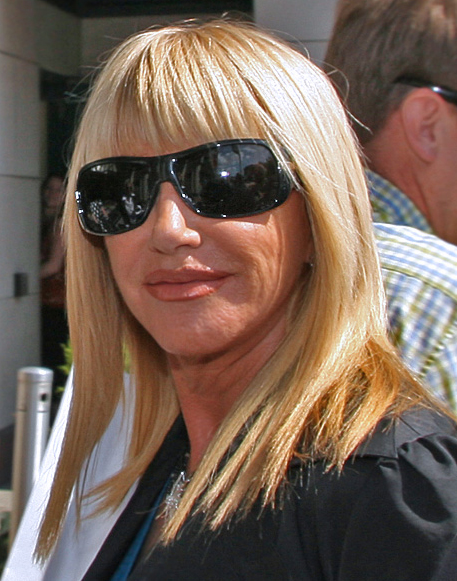
3. **The Thigh Master**Arguably the most memorable and financially successful item to emerge from the 90s infomercial boom was the Thigh Master. This simple, yet effective, exercise product became a cultural phenomenon, forever linking its image with the charismatic presence of Suzanne Somers. Her involvement elevated the product from a mere fitness gadget to an iconic symbol of 90s pop culture, demonstrating the immense power of celebrity endorsement in direct-response marketing.
Suzanne Somers, already a household name from her popular run on “Three’s Company” and simultaneously embarking on another sitcom with “Step by Step” in 1991, was the ideal spokesmodel. Her image of health, vitality, and relatable approachability made her the perfect person to convince millions that toning their inner thighs could be as simple as squeezing a contraption between their legs. Her enthusiastic demonstrations and testimonials were a masterclass in persuasive selling.
While the efficacy of the Thigh Master itself might be a subject of ongoing debate among fitness enthusiasts, its commercial success was undeniable. It sold remarkably well, transforming into a ubiquitous fixture in American homes and earning its place in the pantheon of iconic 90s products. The Thigh Master remains a prime example of how a compelling personality and a simple, direct promise can create a lasting cultural and commercial impact.
Read more about: OMG, You Guys! The 14 Red Carpet Moments That Had Everyone Totally Obsessed in 2025

4. **The Topsy Tail**Innovation often springs from unexpected observations, and such was the case with the Topsy Tail. Conceived by M.I.T. graduate Tomima Edmark, the idea for this deceptively simple hair styling tool sparked after she noticed a woman with a French braid in a movie theater, prompting her to seek an easier method for creating intricate updos. This seemingly mundane moment laid the groundwork for a product that would empower countless individuals to achieve salon-quality hairstyles at home.
The Topsy Tail, at its core, was a small, plastic gimmick designed to simplify the process of flipping hair inside out. Its brilliance lay in its ease of use, promising to allow anyone to effortlessly create an impressive array of updos, flips, wraps, twists, ties, or twirls with minimal effort. The commercials showcased seemingly complex styles being achieved in seconds, appealing to a desire for quick beauty solutions in a fast-paced world.
Its popularity during the 90s highlighted a growing market for accessible beauty tools that democratized complex styling techniques. The Topsy Tail wasn’t just selling a piece of plastic; it was selling the promise of self-expression and effortless elegance, making sophisticated hairstyles attainable for the everyday person without the need for professional assistance.
Read more about: Hollywood’s Darkest Riddle: 8 Clues Unraveling George Reeves’ Lonely Goodbye in 1959

5. **The Encyclopedia Britannica**For many children of the 90s, particularly those glued to Saturday morning cartoons, the advertisements for The Encyclopedia Britannica were a recurring, if somewhat incongruous, sight. These long, detailed commercials, often perceived as dull by a young audience eager for animated adventures, featured the distinctive figure of Donovan Freberg. His earnest presentation became synonymous with the era’s educational aspirations, even as technological shifts began to render the product obsolete.
Donovan Freberg, with his flowing blonde mane and distinctive large, round glasses, became the face of a product that represented traditional knowledge and in-depth learning. He diligently hawked a series of encyclopedias, massive tomes filled with information that promised to bring the world’s knowledge into the family home. The message was clear: ownership of these sets was an investment in education and a symbol of intellectual curiosity.
However, the irony of these pervasive advertisements was palpable even then. As Freberg spoke of the encyclopedias’ value, the advancements in home computers and the nascent internet were already beginning to rapidly diminish their practical utility. The rise of CD-ROM encyclopedias, like Encarta, foreshadowed a future where information would be digitized and instantly accessible, making the physical multi-volume sets a relic of a bygone era. Yet, for a time, they held a powerful, albeit brief, cultural sway.
Read more about: Asia’s Ancient Secrets: Unearthing the World’s Oldest Mummies and a Lost Chapter of Human History

6. **The Bedazzler**The Bedazzler, a small plastic device resembling a stapler, holds a unique place in the annals of 90s infomercials, though its origins trace back much further. Initially introduced in the 1970s by the legendary infomercial icon Ron Popeil as “The Ronco Rhinestone Stud Setter,” it was later revived and repackaged for the 90s market under its more commonly known name. This tool allowed users to fashion rhinestones, jewels, and other studs onto clothing, promising to transform ordinary garments into glittering statements.
Ron Popeil, a pioneer of direct-response television, understood the appeal of personalization and inexpensive DIY fashion. The Bedazzler offered a simple, accessible way for consumers to customize their clothing and accessories, catering to a desire for individuality without the need for expensive embellishments. Its rebirth in the 90s tapped into a renewed interest in decorative arts and personal flair, particularly among creative hobbyists and fashion-conscious individuals.
Today, The Bedazzler is largely associated with retro items and a particular aesthetic, often evoking a sense of nostalgic kitsch. Its cultural footprint is so significant that it was humorously described in Entertainment Weekly as “the rhinestone-studding tool favored by art teachers and over-excitable soccer moms everywhere, the biggest piece of crap sold on late-night TV since the Thighmaster, and the reason women own shirts with glittery kitty-cats on them.” This colorful description captures its enduring, if slightly comical, legacy.

7. **The Tiddy Bear**The Tiddy Bear, a product that often appears on lists of memorable 90s advertisements, despite some ambiguity regarding its precise launch date, solved a surprisingly legitimate problem with a name that was undeniably attention-grabbing. While its exact chronological fit within the 90s is debated, its spirit and the style of its infomercial certainly align with the era’s quirky direct-response offerings, proving that utility and humor could coexist in marketing.
This amusing infomercial presented an actual product, not an early internet hoax, designed to alleviate the discomfort caused by seatbelt straps chafing against the chest, particularly for women. The “Tiddy Bear” was essentially a padded cover that attached to the seatbelt, providing a soft buffer. Its name, a clever and somewhat suggestive play on words, ensured it stood out and was instantly memorable, as did the visual demonstrations of its intended placement.
The genius of the Tiddy Bear lay in its ability to address a common, yet often overlooked, everyday irritation with a simple, readily available solution. Its marketing, characterized by a playful tone and direct visual cues, perfectly encapsulated the no-holds-barred approach of 90s infomercials. It reminds us that even products with a slightly risqué name and a humorous presentation could genuinely improve daily comfort, making it a curious, yet effective, entry in the pantheon of direct-response oddities.”_words_section1″: “1994
Now, as we continue our fascinating exploration of 90s infomercial greatness, we delve into the next wave of products that, in their own distinctive ways, left an indelible mark on the decade’s cultural fabric. From ingenious hair tools to revolutionary kitchen gadgets and even controversial psychic hotlines, these offerings demonstrate the sheer breadth and inventive spirit of direct-response television. More than just products, they represent a fascinating chapter in marketing history, laying groundwork for phenomena we witness today.
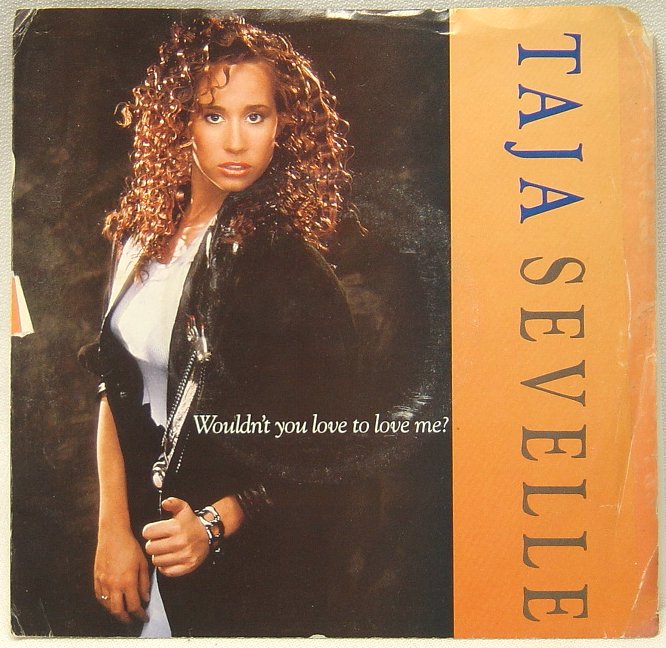
8. **BaByliss Magic Twist**As the 90s barreled forward, innovation in personal grooming continued its steady march into American homes, often arriving via late-night infomercials. Among the array of hair styling gadgets that promised salon-quality results with minimal effort, the BaByliss Magic Twist carved out a notable niche. This device, a marvel of mechanical simplicity, offered a seemingly effortless path to intricate hairstyles, tapping into a desire for quick and fashionable solutions.
The concept was brilliantly straightforward: users would attach sections of their hair to the device’s rotating prongs, press a button, and watch as the Magic Twist spun and twisted their strands into what was marketed as an “Instant braid.” The commercials, with their vibrant demonstrations and confident models, emphasized speed and ease, suggesting that anyone could achieve beautifully styled hair in moments, transforming ordinary mornings into effortless glamour.
While the promise of “instant braids” was certainly alluring, the reality for some users might have involved a few tangled moments. Like many products of its kind, the Magic Twist’s effectiveness could vary, occasionally leading to reports of pulled and knotted hair. Yet, its pervasive presence on television screens underscored the decade’s fascination with convenient beauty solutions, further cementing the infomercial’s role in democratizing access to personal care innovations.
Read more about: The 5 Best Diffusers for Curly Hair in 2025: Thoroughly Tested and Reviewed

9. **The Flowbee**Stepping beyond conventional beauty tools, we encounter a product that transcended personal grooming to find an unexpected utility: The Flowbee. This electrically powered vacuum cleaner, cleverly designed to attach directly to hair clippers, represented a truly ingenious solution to a common problem – the mess of scattered hair after a haircut. Its pioneering design garnered significant attention, not least for its rather unique and practical applications.
The brilliance of the Flowbee lay in its dual function: it simultaneously cut hair and collected the freshly shorn strands into a vacuum, ensuring a tidy, salon-like experience at home. This innovative approach resonated with consumers seeking convenience and cleanliness. However, the Flowbee’s story takes an extraordinary turn beyond suburban bathrooms, reaching as far as outer space where astronauts famously utilized the device.
In the zero-gravity environment of a space station, preventing errant strands of hair from floating into sensitive electronic equipment is a critical concern. The Flowbee provided an elegant solution, containing hair clippings and maintaining a clean, operational environment. By the year 2000, over 2 million Flowbee devices had been sold, a testament to its widespread appeal and efficacy. Its legacy continues to this day, with none other than acclaimed actor George Clooney reportedly still using one to maintain his iconic Caesar hairstyle, a fascinating endorsement for a truly remarkable invention.
Read more about: Flattering Hairstyles for Thicker, Fuller Hair: Embrace Long Layers & Layered Bobs
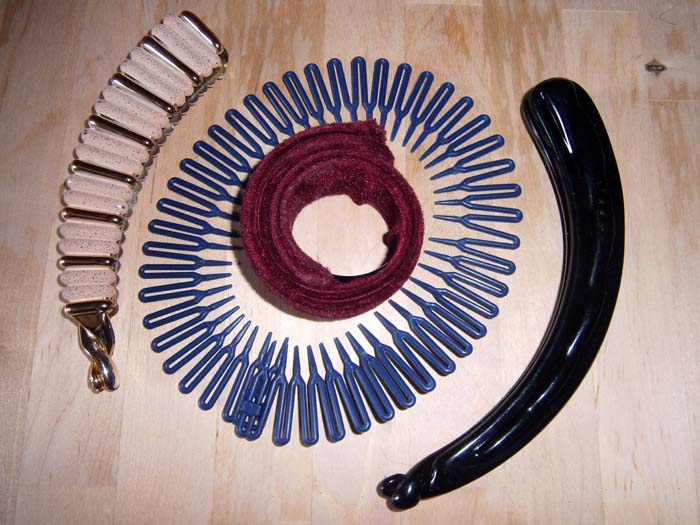
10. **The Hairagami**The 90s were undeniably a golden age for innovative hair styling tools, and The Hairagami emerged as another distinctive entry in this vibrant market. Drawing inspiration from the ancient Japanese art of paper folding, origami, the Hairagami commercials ingeniously posited their product as a modern, quick, and easy method to achieve elegant updos and sophisticated styles. It aimed to bring the intricate beauty of folded art to the realm of everyday hair fashion.
At its core, The Hairagami was presented as “the original hair bun up-do, fold and snap” device. Visually, it bore a striking resemblance to a slap bracelet, that popular accessory of the era, hinting at its user-friendly, almost playful design. The marketing promised an almost magical transformation, inviting users to “fold, snap, and wrap your way to innovative, fashion-forward styles!” with remarkable speed and simplicity.
The pervasive advertising for the Hairagami highlighted a key trend of the 90s: the demand for accessible beauty solutions that empowered individuals to experiment with their look without requiring professional stylists or complex techniques. It offered the promise of self-expression and effortless elegance, demonstrating how a clever gimmick, effectively marketed, could resonate deeply with a style-conscious public seeking both convenience and creativity.

11. **The Amazing Elastic Plastic Balloon**Among the more curious and perhaps questionable offerings peddled through 90s infomercials, The Amazing Elastic Plastic Balloon stands out as a memorable, if somewhat perplexing, entry. These tubes of liquid plastic, designed to be blown up into pliable, non-poppable balloons, captivated a generation of children with their seemingly magical properties. Nickelodeon, in particular, seemed to air commercials for these novelties “every 5 minutes,” cementing their omnipresence in youthful minds.
The product’s allure lay in its unique ability to create balloons that defied the traditional rules of air-filled rubber. Utilizing a blend of polyvinyl acetate and acetone, these chemical concoctions promised durable, endlessly manipulable creations. However, the experience of using them was often accompanied by a “noxious odor,” raising legitimate questions about their safety, particularly for young, impressionable users eager to experiment with this novel toy.
Despite, or perhaps because of, these concerns, The Amazing Elastic Plastic Balloon encapsulates a certain era of less stringent oversight. It was the 90s, after all, a time when “helicopter parents” and “nanny-state governments” were, as the saying goes, “just getting started.” This product serves as a nostalgic reminder of a period when the line between harmless fun and potential health hazards was often more blurred, making for a uniquely memorable, if slightly hazardous, childhood pastime.

12. **Ginsu Knives**Few products exemplify the enduring power and theatricality of infomercial marketing quite like Ginsu Knives. While their origins trace back to the 1970s and 80s as the “Quikcut Knife,” a strategic rebranding transformed them into a household name synonymous with unparalleled sharpness and durability. The decision to change the name to “Ginsu” was a stroke of marketing genius, cleverly alluding to the legendary cutting prowess of ancient Japanese Samurai swords.
The commercials for Ginsu Knives were nothing short of legendary, setting the standard for direct-response television with their dramatic demonstrations. Viewers watched in awe as these knives effortlessly sliced through aluminum cans, sawed through frozen solid tomatoes, and then proceeded to delicately cut through a ripe tomato without crushing it. These exaggerated, yet captivating, displays cemented the image of Ginsu as “quite simply, the finest knife in the world.”
Beyond their impressive demonstrations, Ginsu infomercials were pioneers in the use of now-ubiquitous advertising phrases that have become ingrained in our collective lexicon. Iconic lines such as “Call now! Operators are standing by,” and the perpetually enticing “But wait, there’s more!” originated or were popularized by Ginsu. These linguistic innovations not only drove immediate sales but also laid the foundational rhetorical framework for countless direct-response campaigns that followed, showcasing the profound and lasting impact of 90s marketing ingenuity.
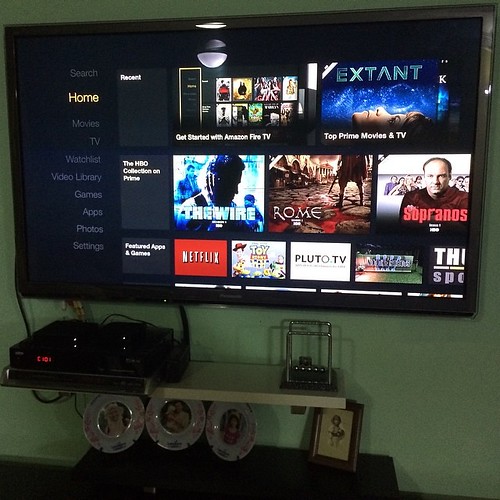
13. **Cathy Mitchell’s Microcrisp**Following in the pioneering footsteps of Ron Popeil, Cathy Mitchell emerged as a formidable presence in the 90s infomercial landscape, often referred to as the “female version of Ron Popeil.” While she is perhaps best known today as the “Dump Cake Lady,” her earlier ventures into direct-response marketing were equally impactful. In the 90s, Mitchell was a ubiquitous figure on television, enthusiastically selling her innovative baking sheets known as Microcrisp.
These ingenious Microcrisp sheets, crafted from metallic paper, promised to revolutionize home cooking by browning foods quickly and efficiently in the oven. Mitchell’s infomercial tactic mirrored Popeil’s successful formula: she showcased the remarkable ease of using her cooking product within the inviting confines of a homey-looking kitchen. The narrative often involved a “goofy man” eagerly following behind, ready to “devour her fresh cooked meal,” visually reinforcing the delicious results.
Mitchell’s mastery of the infomercial format demonstrated that the appeal of convenience and delicious, homemade food was universal. Her ability to translate complex cooking into simple, actionable steps, coupled with a warm, relatable persona, cemented her place as a powerful force in direct-response marketing. Her enduring influence highlights how effective storytelling and a clear demonstration of product benefits could captivate audiences and drive significant sales in the bustling marketplace of 90s television.
14. **Psychic Readings with Miss Cleo**Our journey through the 90s infomercial pantheon culminates with perhaps the most notorious and unforgettable entry: “Psychic Readings with Miss Cleo.” Her booming voice and iconic catchphrase, “CALL ME NOW FOR YOUR FREE READIN’,” became instantly recognizable, ingrained in the minds of millions, particularly children who gleefully mimicked her dramatic delivery. From 1997 to 2003, Miss Cleo, a self-proclaimed “mystical psychic born and raised in Jamaica,” became the face of the “Psychic Readers Network,” a phenomenon that blurred the lines between entertainment and genuine belief.
The charismatic persona of Miss Cleo, portrayed by Seattle actress Youree Dell Harris, was central to the operation’s success. Her theatrical readings and compelling predictions captivated a vast audience, eager for insights into their future. Her infomercials were masterclasses in persuasive rhetoric, utilizing urgency and emotional appeals to drive callers to the pay-per-minute psychic readings. The cultural impact was immense; Miss Cleo was a pop culture icon, her image and phrases permeating conversations and parodies across the nation.
However, the immense commercial success of the Psychic Readers Network came under intense scrutiny. In 2002, the Federal Trade Commission (FTC) charged the company with deceptive advertising, billing, and collection practices, alleging that customers had been billed over $1 billion through misleading promises of “free” readings. While Youree Dell Harris herself was not indicted, her promoters ultimately agreed to a settlement with the FTC, which included a substantial $5 million fine and, critically, the erasure of $500 million in debts owed by callers. This dramatic saga serves as a cautionary tale, illustrating the thin line between compelling salesmanship and exploitative practices in the wild west of 90s direct-response marketing.
The indelible mark left by these 90s infomercial products extends far beyond mere nostalgia; they represent a foundational chapter in the evolution of direct-response marketing. The pioneering figures, their innovative tactics, and the sheer cultural permeation of their advertisements laid critical groundwork for how products are sold and perceived today. Indeed, the seemingly disparate worlds of yesteryear’s late-night TV and today’s digital landscape are profoundly intertwined through these enduring principles.
When we look at the top-grossing influencers of 2025, we are witnessing a digital renaissance of that very same 90s infomercial model. The spirit of “Personality-Driven Sales” remains remarkably consistent: just as Ron Popeil captivated audiences, modern influencers like MrBeast or Kylie Jenner leverage their unique identities to drive billions in commerce. The formula of “Entertainment + Offer = Conversion” also persists; engaging content and an irresistible offer are as crucial now in a TikTok short as they were in a half-hour infomercial.
Moreover, the “Direct Response Mechanisms” have simply evolved. Where once viewers dialed a 1-800 number or mailed an order form, today’s consumers engage with “link in bio,” affiliate codes, or swipe-up calls to action. Each platform, be it Instagram, YouTube, or TikTok, functions as a modern “Media Channel,” akin to the niche cable stations that once aired infomercials, targeting audiences with unparalleled precision through algorithms.
For brands and marketers, the lessons from the 90s infomercial era, now amplified through the lens of digital influencers, are more relevant than ever. “Micro-moments matter,” demonstrating that compelling content doesn’t need 30 minutes, just 30 seconds. “Credibility converts,” underscoring that personality trust is still paramount. And the imperative to “Think multichannel” and “Track with precision” with modern tools like QR codes and affiliate links echoes the systematic approach of early DRTV pioneers.
The ultimate takeaway from this journey through 90s infomercials to the influencer-driven commerce of 2025 is clear: the formula for success is timeless. Personality, product, and persuasive storytelling – these are the enduring ingredients that, across decades and platforms, continue to equal profit. The faces and platforms may have changed, but the fundamental magic of direct-response selling endures, more vibrant and innovative than ever.




